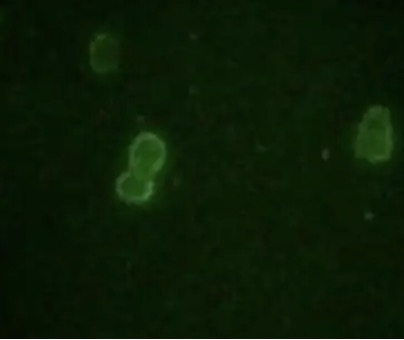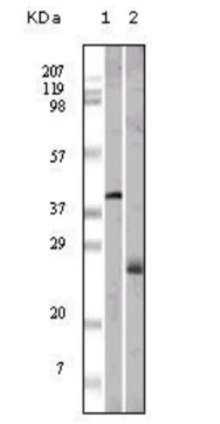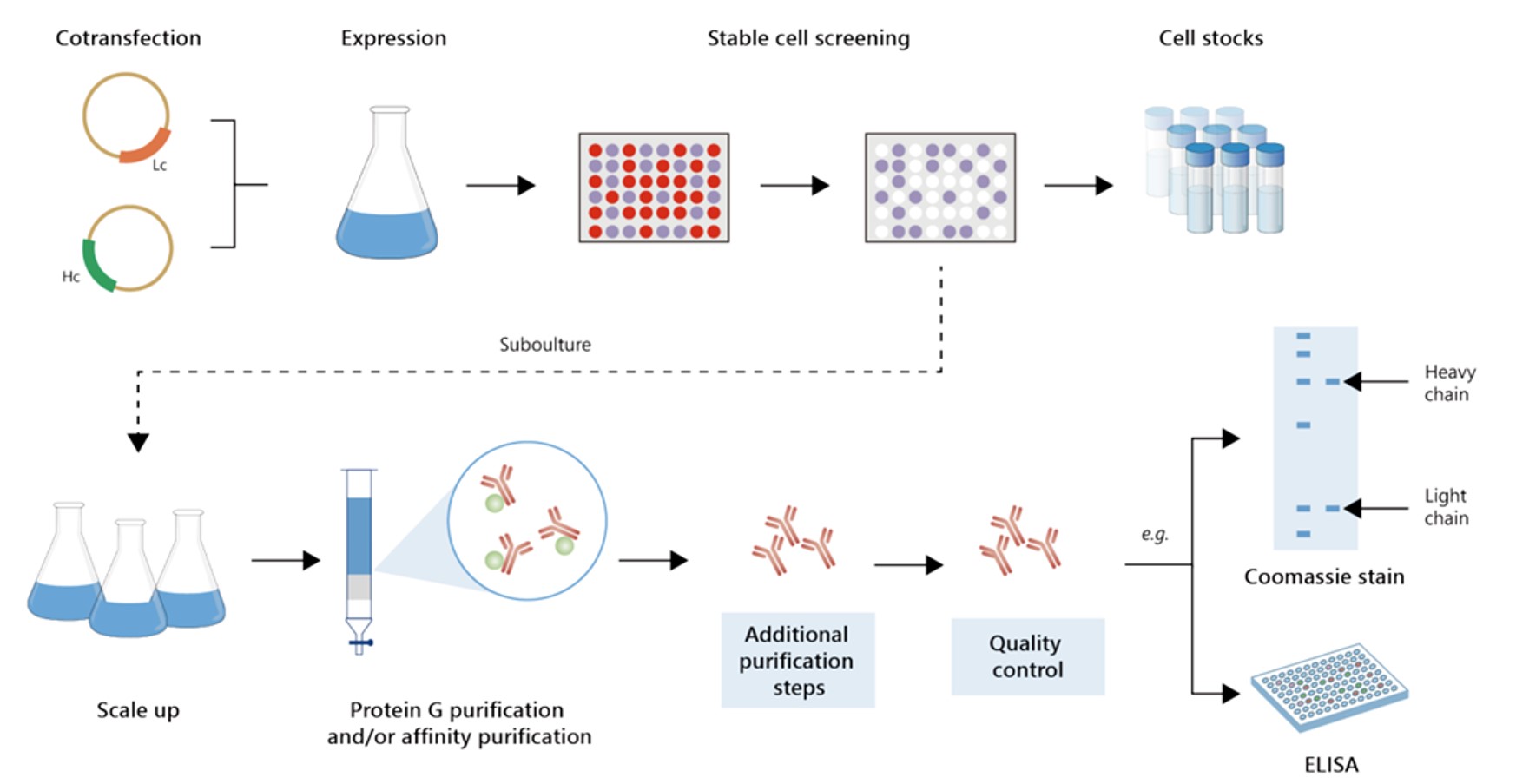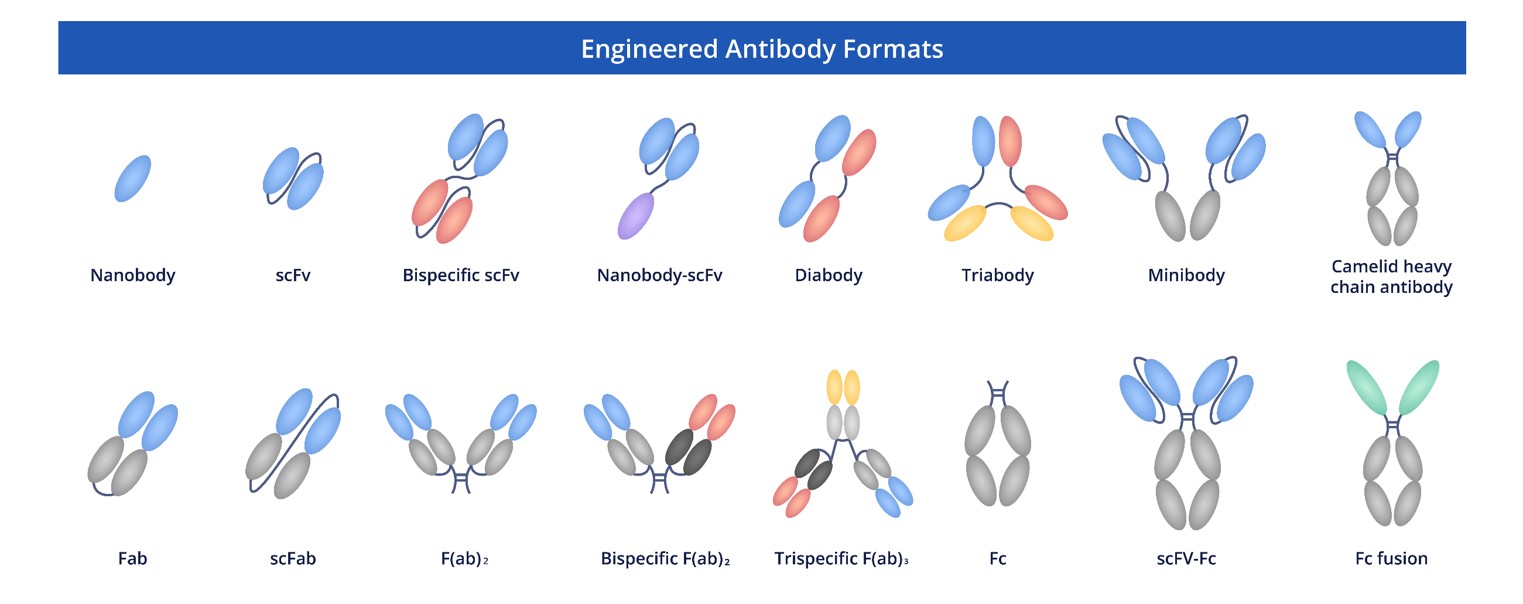 Loading...
Loading...

Anti-APOM Recombinant Antibody Products
 Loading...
Loading...Anti-APOM Products
-
- Species Reactivity: Human
- Type: Mouse IgG
- Application: WB, IF, ELISA
-
- Species Reactivity: Human
- Type: Mouse IgG
- Application: WB, IF, ELISA
-
- Species Reactivity: Human
- Type: Mouse IgG2a
- Application: ELISA, WB, ICC
-
- Species Reactivity: Human
- Type: Mouse IgG1
- Application: ELISA, WB, ICC
-
- Species Reactivity: Human
- Type: Mouse IgG1
- Application: WB
- Mouse Anti-NHP APOM Recombinant Antibody (clone 10C3G5) (VS-1024-XY31)
-
- Species Reactivity: Human, Non-human primate
- Type: Mouse IgG2a
- Application: WB, IF, ELISA
-
- Derivation: Mouse
- Species Reactivity: Human
- Type: Mouse IgG
- Application: WB, IF, ICC, ELISA
-
- Derivation: Mouse
- Species Reactivity: Human
- Type: Mouse IgG
- Application: WB, IF, ICC, ELISA
- Anti-APOM Immunohistochemistry Kit (VS-0525-XY468)
-
- Species Reactivity: Human
- Target: APOM
- Application: IHC
-
- Derivation: Phage display library screening
- Species Reactivity: Human
- Type: Rabbit IgG
- Application: FC, IHC-P, WB
Can't find the products you're looking for? Try to filter in the left sidebar.Filter By Tag
Our customer service representatives are available 24 hours a day, from Monday to Sunday. Contact Us
For Research Use Only. Not For Clinical Use.
Creative Biolabs offers high-quality anti-Apolipoprotein M (APOM) recombinant antibodies that are critical to your cardiovascular, metabolic, and immunology research. APOM is the exclusive carrier of the signaling lipid S1P. It bridges lipid metabolism and signal transduction and is of great interest in atherosclerosis, diabetes, and inflammatory disease. Creative Biolabs recombinant antibodies will help you dissect the APOM-S1P axis with high fidelity.
APOM: The Critical Carrier of Bioactive Lipid S1P
Apolipoprotein M (APOM) is a lipocalin protein that is predominantly associated with high-density lipoprotein (HDL) in circulation. Its primary role is to bind and deliver sphingosine-1-phosphate (S1P), a bioactive sphingolipid signaling molecule. The APOM-S1P complex is crucial for various physiological processes, including the integrity of the vascular barrier, regulation of immune cell trafficking, and lymphocyte development. Aberrant APOM levels or its capacity to transport S1P have been linked to the development of atherosclerosis, sepsis, and autoimmune diseases, positioning APOM as an attractive target for therapeutic intervention.
Alternative Names
APOM; Human APOM
Background
The protein encoded by this gene is an apolipoprotein and member of the lipocalin protein family. It is found associated with high density lipoproteins and to a lesser extent with low density lipoproteins and triglyceride-rich lipoproteins. The encoded protein is secreted through the plasma membrane but remains membrane-bound, where it is involved in lipid transport. Alternate splicing results in both coding and non-coding variants of this gene.
Plasma proteins
Intracellular, Secreted (different isoforms)
Group enriched (Proximal tubular cells, Hepatocytes)
Immune cell enhanced (basophil)
Cell line enriched (Hep G2)
Interacts with LRP2; LRP2 mediates APOM renal uptake and subsequent lysosomal degradation.
Anti-APOM rAb Products
Creative Biolabs' anti-APOM recombinant antibodies are designed to perform with unmatched specificity and sensitivity. We take great care to ensure that our antibodies exclusively recognize APOM without any cross-reactivity to other apolipoproteins. Our rAbs provide strong and reproducible signals in various immunoassays, including ELISA and flow cytometry, enabling researchers to accurately measure APOM levels and its interactions with confidence.
Table 1. Featured anti-APOM recombinant antibody products at Creative Biolabs.
| Cat. No. | Product Name | Target Species | Host Species | Applications |
| ZG-0303F | Mouse Anti-ApoM Recombinant Antibody (ZG-0303F) | Human | Mouse IgG | ELISA, WB, IF |
| VS3-XY87 | Mouse Anti-APOM Recombinant Antibody (clone 10C3G5) | Human | Mouse IgG2a | ELISA, WB, ICC |
| MOR-0219 | Hi-Affi™ Rabbit Anti-APOM Recombinant Antibody (clone DS219AB) | Human | Rabbit IgG | FC, IHC-P, WB |
Creative Quality Control
Quality is a promise at Creative Biolabs, and our manufacturing process does not make an exception. All anti-APOM recombinant antibodies are produced under a rigorous quality control program. The identity of the anti-APOM rAb is verified through validation of its purity, binding affinity, and assay performance. You will always receive a consistent, high-quality product fit for your most important research studies.
 Fig.1 IF analysis of anti-APOM antibody
Fig.1 IF analysis of anti-APOM antibody
(Cat# ZG-0303F, Creative Biolabs).
 Fig.2 WB analysis of anti-APOM antibody
Fig.2 WB analysis of anti-APOM antibody
(Cat# ZG-0303F, Creative Biolabs).
Customer Reviews

Mouse Anti-ApoM Recombinant Antibody (ZG-0303F)
rAb Production
Creative Biolabs uses advanced and flexible production platforms to manufacture its elite anti-APOM recombinant antibodies. We rely on optimized mammalian expression platforms to ensure the antibodies acquire the desired conformation and the post-translational modifications needed to recognize native, lipid-bound APOM and provide a biologically relevant and active product.
Featured Anti-APOM Recombinant Antibody Production Platforms
Fig.3 Milligram-scale anti-APOM recombinant antibody production.
 Fig.4 Gram-scale anti-APOM recombinant antibody production.
Fig.4 Gram-scale anti-APOM recombinant antibody production.
rAb Modalities
Creative Biolabs is committed to accelerating the pace of discovery in lipid signaling and metabolism through the development of versatile and customizable anti-APOM antibody modalities. We provide a broad range of options to the global scientific community. From full-length IgGs for functional blocking studies to matched pairs for the development of sensitive and specific diagnostic assays, Creative Biolabs has the solution for you.
 Fig.5 Full-length anti-APOM recombinant antibody production and modalities.
Fig.5 Full-length anti-APOM recombinant antibody production and modalities.
Discover the exciting biology of the APOM-S1P axis with the help of Creative Biolabs' high-quality recombinant antibodies. We take pride in the unmatched specificity, extensive validation, and reliable performance of our products. Our antibody portfolio is the perfect fit for your cardiovascular and immunological research. Partner with us for quality that makes a difference. Contact our antibody specialists today and let's take your work to the next level.



